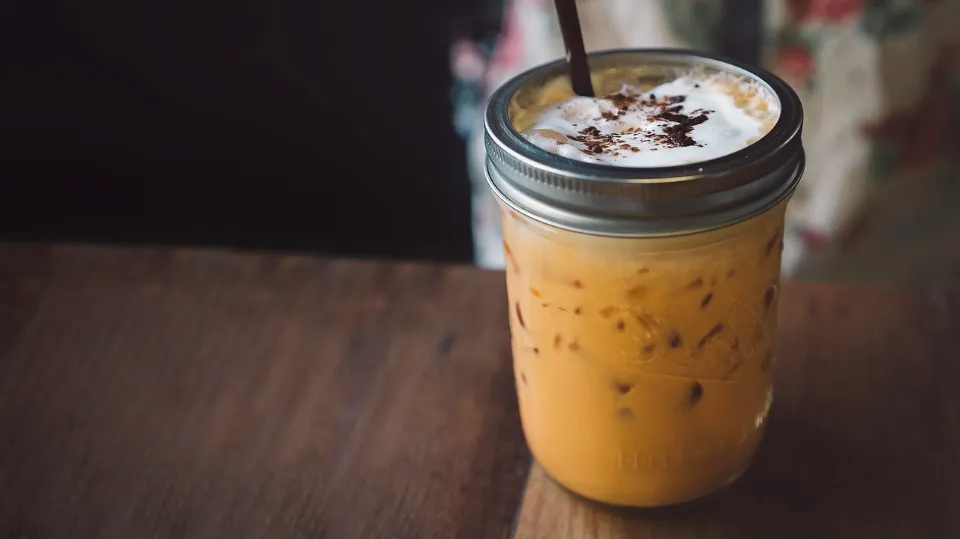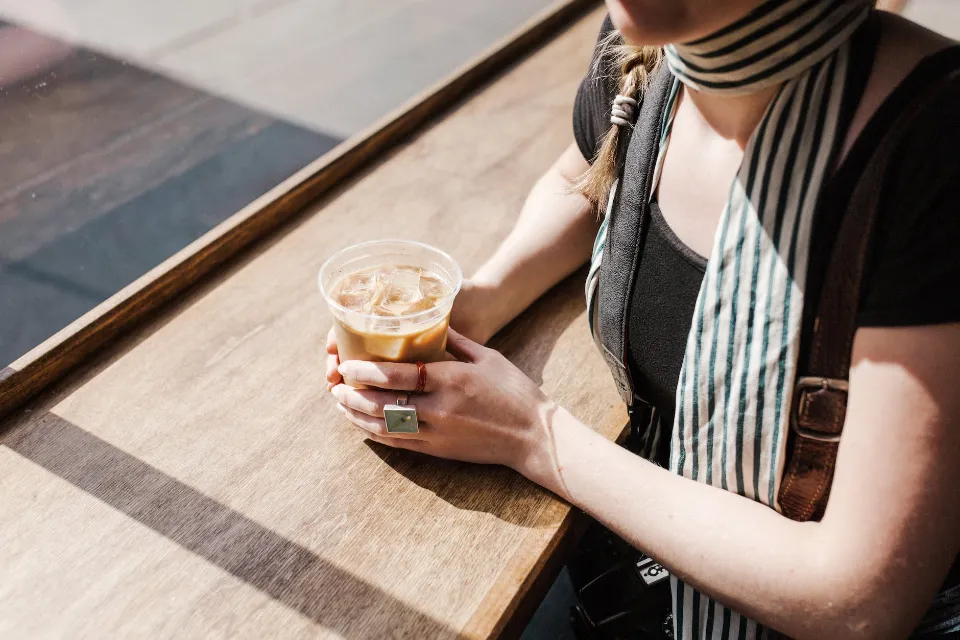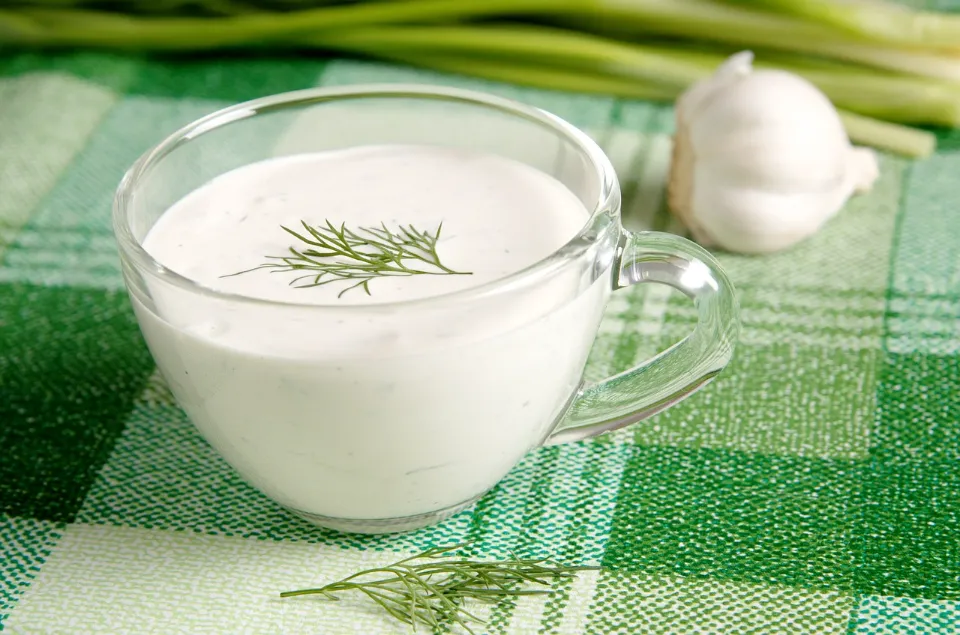You just woke up, you’re super tired, and you want some coffee to help get you alert and active. You walk over to your coffee maker and notice that you haven’t bought any coffee filters yet. Oh no, disappointment sets in right away. You hadn’t intended to begin the day in this manner. Are there any alternatives to coffee filters that won’t taint your tasty beans?
We have some happy news for you. Some things around your house can be used as coffee filter substitutes, so you can still enjoy your cup of Joe. We will show you five things that can be used as a substitute for coffee filters, so you never have to go without coffee again.
Top 8 Clever & Inexpensive Coffee Filter Substitutes

1. Paper Towels & Napkins (Most Common)
The most frequent solution is to use a paper towel or a napkin as a coffee filter. These aren’t made for coffee makers, but they can achieve the same results as a coffee filter, making them a great alternative.
One warning: Chemicals that are unhealthy (and not particularly tasty) can be found in paper towels. It might be a good idea to consider your paper towel purchases in the future and stick with the brown, unbleached variety.
How: The process is the same as it normally is during your morning routine. Before adding grounds, you simply place the paper towel or napkins where the filter would typically go. You don’t want coffee grounds in your brew, so make sure the entire compartment is covered.
Pros
- Fine weave filters out grounds well
- Inexpensive
- Easy to use
Cons
- Flimsy and may break
- May contain taste-altering chemicals
2. Fine Mesh Sieves (Flavorful, But With Grounds)
If you cook or bake often, you most likely have a mesh sieve in your kitchen supplies. This can also act as a coffee filter. It makes a cup of coffee with excellent flavor and is very simple to use.
How: In the bottom of a glass cup, pour the desired amount of coffee. Pour your measured amount of hot water over the grounds. After a single stir, this needs to steep for roughly five minutes. Then, hold the fine-mesh sieve over a mug and pour the coffee through. A rich cup of coffee was the outcome!
Pros
- Excellent taste
- Easy to use
- Environmentally-friendly
Cons
- Less common
- May not catch fine grounds
- Harder to clean
3. Cloth Napkin Or Dish Towels (Convenient, Not Always Tasty)
A dish towel or cloth napkin will also function as a filter if they are clean. Remember that coffee can stain, so choose a napkin or towel that you don’t completely adore.
How: Drape it into the compartment where your coffee filter would normally go. After adding the grounds, proceed as usual with the water flow. Then, make sure to clean it!
Pros
- Sturdy and inexpensive
- Trap even the finest grounds
- Environmentally-friendly
Cons
- Cloth may stain
- May be too absorbent
- Can impart unwanted flavors
4. Reusable Tea Bags (Least Common)
If you brew tea at home as often as you do coffee, you might have reusable tea bags — or be able to DIY them! This approach is by far the most original on this list of alternatives, but it also functions fairly well.
How: Coffee grounds should be added to the teabag. Most of the time, two tablespoons or less is ideal. Take a mug and fill it with hot water, then add the tea bag. All that’s required is for this to steep for four to five minutes, or longer if you prefer your tea stronger.
If you don’t already have one, you can make your own out of paper and string. To carefully add the coffee grounds, fold a piece of paper in half. Then tie the paper shut. Voilà, a homemade tea bag!
Pros
- Steeping produces strong flavor
- Easy to use
- Won’t leave grounds in your cup
Cons
- Less common and may be more expensive
5. No Filter at All (Easiest)

Use a brewing technique that doesn’t need a filter as another choice. A French press, which has a built-in metal filter, or a percolator are a couple of excellent options.
How: No matter where you are, you can make Cowboy coffee (or its Norwegian cousin Kokekaffe) if you don’t have a filter-free coffee maker. A heat source, a pot, water, and coarse coffee grounds are all you need. Coffee is steeped by adding the grounds to boiling water. Then turn off the heat source and allow the coffee to cool while the grounds settle to the bottom of the pot. You might only get a few grounds in your cup if you pour carefully!
Pros
- Don’t need any substitutes
- Choice of brewing methods
Cons
- May end up with grounds in your cup
6. Make Stovetop Coffee
Without a coffee maker, there are ways to make coffee on the stove that are magical and enigmatic. Use a saucepan! Turkish coffee is similar to this, but without the equipment.
- Any way you can, including a microwave, to boil water will do.
- Add your ground coffee after turning off the heat. Any grind you happen to have will work, and you can change how long you leave it.
- After giving it a few stirs, let it sit for 4 minutes.
- Choose 2 tablespoons of ground coffee for every cup of water.
- If a “crust” of coffee has formed on top, gently press down on it with the back of a spoon and leave for a further minute.
- If not, the grounds should have sunk to the bottom of the pan by this point, and you can carefully pour the coffee into a mug while dumping the grounds into the trash. Some grounds might make it through but should, in turn, settle at the bottom of the cup
If you have a scale, you should use a ratio of 15g of coffee to 225ml of water per mug of coffee, but you can also get away with using a cup and two tablespoons.
This is a combination of how you would leave a french press to brew, with a Turkish pot that leaves the fine grounds at the bottom of the cup. A quick and easy method for brewing coffee without a filter that is surprisingly delicious.
7. Use a Sock as a Filter
I’ll be honest, this is not a method I’ve tried myself because I think I’d rather just have hot water than drink coffee that’s been filtered through a sock…
However, as I was doing research on Reddit, this was mentioned surprisingly frequently as something people had done while camping. That they used a fresh pair of socks is all I can hope for!
But I also suspect that it may have been a ploy so that the next user could comment saying:
“Should give the coffee a good kick”
I can only apologize…
As for method, you can use it one of three ways, you can use the sock as a sort of teabag, grounds go in, the whole thing goes in the water and gets left for 4-8 minutes depending on how thick your sock is.
The Sock Tea Bag
- Place 2 tablespoons of ground coffee in your sock
- Place the sock in boiling water and remove from heat making sure not to submerge the whole sock allowing grounds to escape
- Leave for 4-8 minutes depending on how thick the sock is, taste as you go
- Remove the sock and drink
If need be, you can also heat your water on the stovetop, add the coffee, and let it brew for four minutes while sitting next to a campfire. Then pour it through the sock to make it function like a paper filter.
The Sock Coffee Filter
- Heat up water anyway you can to the boil
- Remove from heat and add your coffee grounds, 2 tablespoons per cup
- Stir and brew for 4 minutes
- Carefully our mixture through a sock into your cup
Finally, you can use the sock as a sort of pour-over device. This requires some practice as you try to balance everything without burning yourself. Coffee grounds go into the sock which is held over a mug. Then water is slowly poured over the coffee grounds inside the cup, letting it drip into the mug as it does so.
This is the same method you’d use with a cloth coffee filter.
The Sock Pour-Over Method
- Place your 2 tablespoons per cup of coffee in the sock
- Suspend the sock over your mug with the top open
- Pour the off-boil water slowly over the grounds allowing them to fully saturate and drip through before adding more water
- Repeat until your mug is full
As a final thought, you can actually buy a type of filter which is a coffee sock that you mostly use to make cold brew. Fun fact.
8. Make Cold Brew

This is a really efficient way to make coffee without a filter, though it may not be exactly what you were looking for. There is plenty of time for all the coffee grounds to settle to the bottom of the jar because the coffee is allowed to sit for such a long time in the refrigerator.
Read More: 5 Best Iced Coffee Makers (2023 Reviews) – Are They Easy to Use?
If you already have coffee ground, go ahead and use it. A coarser grind is preferred.
If you want to make coffee that will later be diluted with water, you can use one of two different ratios, ranging from a 1:4 to a 1:8 ratio. You can also make hot coffee by pouring boiling water into the low ratio cold coffee. When making coffee, use a ratio of 1/4 cold brew to ¾ water.
The other ratio is for cold brew you drink straight and for this, you want to use a 1:12 ratio of coffee grounds to water. 1 gram of coffee grounds for every 12 grams of water.
- Take a clean container of some kind, preferably one with a lid, such as a mason jar or a bottle that you can easily close so that the top can be filled with ground coffee.
- Take your coarse ground coffee and add it to the jar, 125-250g of coffee per liter of water for diluted coffee.
- In the ratio you’ve chosen, add tap water (or filtered water if you live somewhere where the water doesn’t taste good).
- Depending on how strong you want it, swill the mixture and chill it for 12 to 24 hours.
- Gently pour it out into another container not letting the grounds rise from the bottom or pour over the lip of the jug
You may want to start with a smaller batch to gauge the results as it will probably take a few tries to get the ratios just right. However, it’s quite enjoyable and incredibly simple, making it particularly satisfying in the summer or if you live somewhere hot.
Not to mention that after you’ve put it in a different container, you can leave it for a few weeks and it’ll still be safe to drink. Compared to regular hot coffee, it typically lasts a lot longer.
Best Way to Make Coffee Without a Filter at Home
If I am without a coffee maker or filter, it no longer gives me the willies. I am aware that there are numerous kitchen tools I can use in place of a coffee filter to brew delicious coffee.
I usually filter it through a fine-mesh sieve and use the cowboy approach when I’m in that predicament. My coffee is stronger when I use the immersion method, and the sieve keeps the coffee grounds out of my drink.
The reusable tea bags might be the best option for you if you prefer coffee that isn’t quite as strong. You receive a clear cup devoid of any sludge. If you don’t have a tea bag on hand, you can go for the paper towel or dish towel option.
The Bottom Line
Now that you know, you can still brew a tasty cup of coffee even if your paper filter supply runs out. We’ve shown you five excellent alternatives to coffee filters that you probably already have at home. The mesh sieve and teabags will produce the best flavor results, but you might not have access to them.
The benefit of using paper and cloth is that they are readily available in every kitchen. Due to chemicals and detergents, they can alter the flavor of your coffee. Coffee may taste different from what you’re used to after being covered with a paper towel or dishcloth, but it’s still probably preferable to no coffee at all! Why not try a filter-free brewing technique like a French press or cowboy coffee if all else fails?








